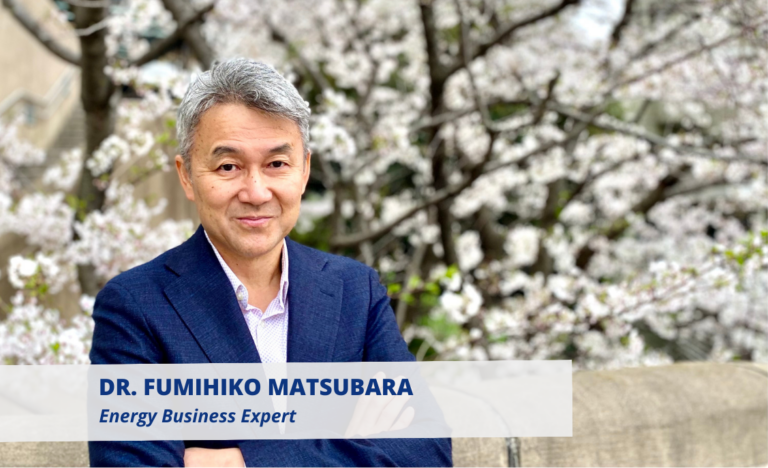Communication and DEI expert Hanan Challouki explains why inclusive communication is not a sprint, but a marathon that brings deep pay-offs.
In today’s increasingly diverse societies, the way companies communicate both internally and externally has become a strategic imperative. Inclusive communication – messaging that resonates across different ethnicities, genders, ages, abilities and other dimensions of diversity – is no longer just a nice-to-have. It’s a key driver of business success.
“Our societies have changed so much, and super diversity is a reality that nobody can deny anymore,” says Hanan Challouki, founder of Inclusified, a strategic communication agency that helps companies integrate inclusiveness into their communication and marketing plans.
Challouki feels that while companies are trying to attract diverse talent and reach diverse consumers, many have no idea how to communicate effectively with those audiences. “You have to know how to communicate with diverse groups — whether it is diversity in ethnicity, language, gender or age — or you’re missing out on massive opportunities,” she says.
The benefits of getting it right are plentiful. Studies show that when employees feel their identity is recognized and they can bring their full selves to work, it increases loyalty and retention. For younger generations like millennials and Gen Z, a company’s commitment to diversity and inclusion is a major factor in employer branding.
On the consumer side, knowing how to speak authentically to diverse audiences translates into higher sales, market share and revenue growth. Brands that have cracked this code, like Rihanna’s Fenty Beauty, earn vocal brand love and advocacy from their customers across different demographics.
“When you look at social listening data on how people discuss and tag certain brands, the ones doing really well at diversity and inclusion efforts stand out,” notes Challouki. Their audience recognizes the authenticity, which for brands like Fenty Beauty, results in the benefit of high audience loyalty.
“I don’t believe they have the best makeup products in the world, but I do think that they are very smart in catering to a lot of people with diverse skin colors and genders. Everybody can wear Fenty,” she adds.
Building the business case
While the moral and societal arguments for inclusive communication are compelling, business leaders often need a quantified business case before prioritizing investment. This is becoming easier as more data emerges on the demographics and purchasing behavior of diverse audiences.
“Ten years ago, the lack of data made it harder to estimate and monetize the impacts of inclusive communication,” says Challouki. Today, with data and studies on everything from the effect on consumer behavior to audience demographics and employee retention, she can let the numbers speak for themselves.
Challouki cites the example of a Belgian supermarket chain she worked with that could clearly quantify the benefits – by investing X euros in inclusive communication to certain communities, they grew revenue by Y euros from those groups. “There are clear economic benefits,” she says.
But while companies can see financial incentives, it’s important to recognize that inclusive communication is also a form of human rights. “Everybody wants to feel acknowledged and recognized for who they are, and feel good about their identity. A company can either add value to or diminish that,” she points out.
Recognizing uniqueness is also important for working with companies looking to improve their communications. “When we build a business case, we tailor it to each company because they are all different,” she says.
“Whatever industry you’re in, your audience is probably more diverse than you think”
Moving from tokenism to authenticity
Getting inclusive communication right is, however, harder than simply checking some visual representation boxes. Challouki says one frequent misstep is tokenism – having a person of color or gay couple in an ad, but without any real authenticity or effort behind it.
“It’s pretending to care about diversity and inclusion for the visual effect, but everybody knows it’s not real,” says Challouki. The result can be a huge backlash, as consumers and employees alike can spot a lack of authenticity very easily.
Another pitfall is oversimplifying diversity into easy visual cues, without recognizing the true complex intersectionality within different communities. For example, celebrating Ramadan by only depicting Arab Muslim women in headscarves.
“This is a very superficial way of defining and portraying a certain identity. It’s a lack of knowledge on one hand, as well as a lack of effort in fully understanding how diverse people and communities really are,” she explains.
Increasingly, leaders are being called out for trying to position themselves as authority figures on inclusion topics they don’t actually understand. Challouki advises leaders to have the courage to be upfront about gaps in their knowledge and commit to continuously learning and evolving their approach.
“I believe that one of the things that defines an inclusive leader is the courage to say: I have no idea how to do this. I don’t really understand the topic, but let me do my research and get back to you.”
Walking the talk
So what does authentic, effective inclusive communication look like? It starts with consistent, substantive efforts over time – not just ad campaigns for the next awareness month. It means setting real metrics to benchmark where you are today, and rigorously measuring improvement over years, not months.
“You’d never present financials to your board with no KPIs and just say ‘we made money this year, I guess.’ Approach inclusion with that same discipline,” Challouki advises. Ask the right questions and be sincere about your company-wide approach. “What are you working towards? How will you measure impact? Who did you engage with? If you do it thoroughly, it’s authentic, and no one can claim it’s just for show,” she adds.
Ultimately, the differentiator between companies that get inclusive communication right and those that don’t is consistency. “Many quit after a year if they don’t see results, which is crazy,” Challouki remarks. “It takes ongoing effort. Where I see the most progress is with companies that started in 2015. They’re reaping the rewards now.”
Her parting advice? Don’t be afraid to experiment and evolve, stay true to your brand voice while weaving in inclusion, and above all, be reliably consistent. “Unless you’re a brand that’s known for actively excluding others based on their identity, you don’t have to change everything,” she says.
Some of her favorite examples of brands that get it right are Fenty Beauty and bol.com. “Bol.com communicates in a very inclusive way, and it really matches their brand. They use humor, they know how to play with language. They’ve always done that, but now they just do it with more intention when it comes to diversity and inclusion.
Keep your core identity but find ways to embed inclusivity in your messaging over the long haul. That’s how you win.”
Key takeaways
- Inclusive communication is a business imperative, driving talent acquisition, retention, brand advocacy, and revenue growth.
- Companies should avoid tokenism in favor of more authentic, data-driven, and sustained inclusive communication efforts.
- Effective inclusive communication requires setting benchmarks, measuring progress over time, and ensuring accountability. Link inclusivity initiatives to core KPIs using demographic, consumer, and employee data.
- When unsure about how best to promote inclusive communications, leaders can benefit from admitting knowledge gaps and committing to continuous learning and improvement.
- Consistency and dedication over the long-term separate winners from losers in inclusive communication.
- Organizations that embrace inclusive communication holistically will thrive in the diverse business landscape of the future.
About Hanan Challouki
Hanan Challouki is an accomplished communication strategist and entrepreneur, renowned for her pioneering work in fostering diversity and inclusion within the creative industry. A University of Antwerp alumna with a Master’s in Strategic Communication, Hanan has significantly impacted the field with her innovative strategies, earning her a spot on Forbes’ 30 Under 30 list. She is the founder of Inclusified, a strategic communication agency.
You can find out more about Hanan and her activities on her website, LinkedIn and Instagram.








